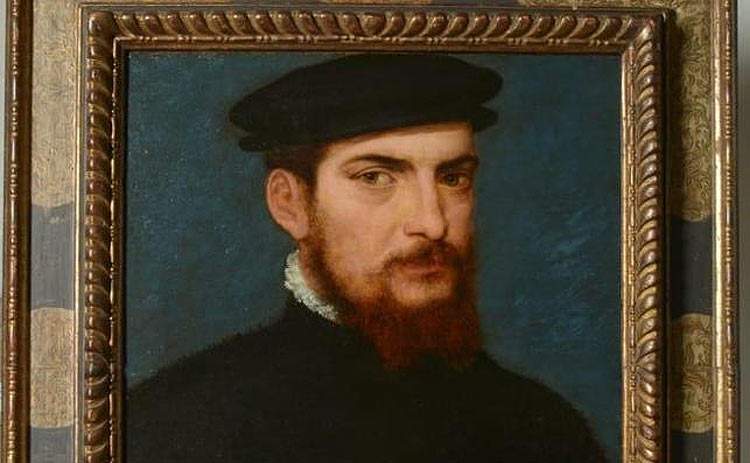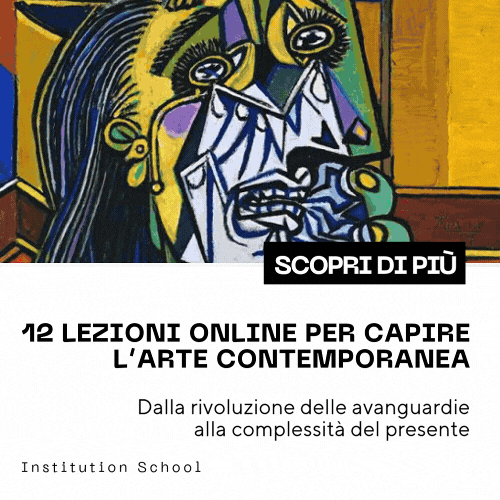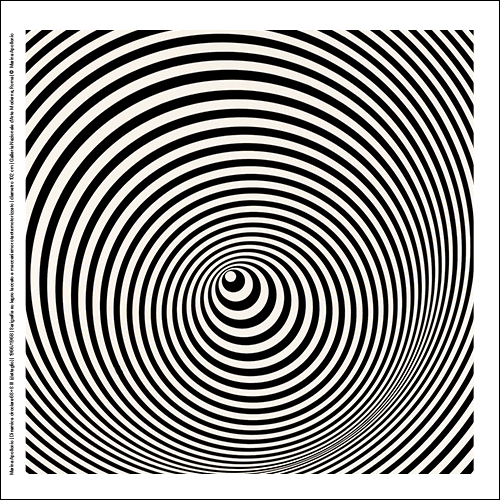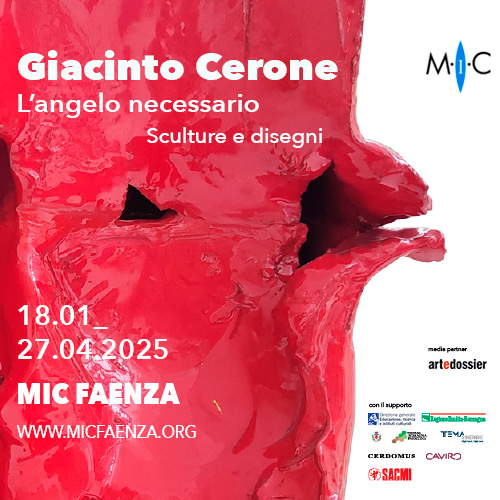Other than Titian! Sgarbi speaks: the rediscovered painting is a modest work
Other than Titian, other than an exceptional find. The Portrait of a Gentleman recovered in 2020 in the Asti area and returned to the state in a public ceremony held yesterday in Turin’s Palazzo Chiablese has nothing to do with the great Cadore artist: it is an ancient work, yes, but a much more modest one. Art historian Vittorio Sgarbi is convinced of this, beginning by saying that if that is Titian, “I am Napoleon! The painting attributed to Titian, which was ’handed back’ to the state yesterday, is not by Titian.” At Palazzo Chiablese, according to Sgarbi, “a lugubrious ceremony was staged,” celebrating “the senseless confiscation of a work recovered not in Switzerland but in Italy, in a restoration workshop in the Asti area. A muscular display.”
“There was therefore nothing to recover, nor a work to return to a public institute,” says Sgarbi: the painting is "definitely not a work by Titian and of modest value. What matters is not the alleged history, or yellow, of a missed export, but the place of a find that indicates a ’non-’ export. On the other hand, the anonymous proposal for ’successful importation’ has greater reliability than the attribution involved, correctly presenting Portrait of a Gentleman with Black Cap with the generic attribution to the Venetian school.“ The work had in fact been declared as an 18th-century painting by its Swiss owners. For the painting in question there is only ”a 1998 mercantile appraisal,“ Sgarbi notes, ”the only attestation (for a fee, like any private expertise) for a work not published by any Titian scholar, which indicates an impossible and misleading commercial value. Five, six billion liras in 1998. To say: the last real Titian, which appeared a few days ago in Vienna at the Dorotheum auction house, a magnificent Magdalene, fetched 4 million euros." The reference is to the Magdalene that belonged to Queen Christina of Sweden, this one an authentic painting by Titian Vecellio, the discovery of which was announced on April 12 and which sold for 4.8 million euros, triple the initial estimate of 1-1.5 million.
Moreover, “comically,” Sgarbi continues, "the article that appeared in Repubblica translates the 5/6 billion into 7 million euros,“ plus ”it calls Professor Augusto Gentili ’Giovanni Gentile,’ evidently confusing him with the philosopher. Here, the distance between Titian and the author of Portrait in Black is the same as there is between the great philosopher Gentile and the art scholar Gentili.“ And there is more: ”The painting, as the gip notes in the confiscation order,“ the art historian further states, ”until 2003 was on Italian territory, from where it then ’inexplicably disappeared.’ One of the two Swiss men said he bought it from his compatriot in 2004 thanks to an electrician friend who had pointed out to him the possibility of a ’good deal.’ A caricature. Since when does one buy a Titian painting from an electrician?"
Ultimately, according to Sgarbi today the state, with this painting, “clutches a fistful. Other than ’recuperative measure (sic!) of an administrative nature,’ in the unlikely Italian of the prosecutor! Nothing has been recovered, the state has been taken for a ride. And no one will pay. Titian is not there. An avoidable (and retrogressive) operation.”
Whose work is it then? It could likely be a painting from the German area, easily confused with a Venetian portrait given the strong ties that in the 16th century the Serenissima had with the Habsburg Empire, both economically and culturally: the same portraits by Titian helped to spread a fashion that took root in Germany and more generally in northern Europe, with half-length portraits where the subjects were depicted in black dress and on a light background. Portraits of this genre abound in the production of northern portrait painters active at the time of Charles V, such as the German Christoph Amberger (it is, if anything, to the schemes of this artist, and not to those of Titian, that the rediscovered painting is best approached), the Austrian Jakob Seisenegger, the Flemish Michiel van Coxcie, and several others who declined according to their own sensibility and style the models arriving from Venice. So, it is much more likely that we need to look further north to find, if possible, the name of the author of this painting.
Later in the day also came the opinion of Andrea Donati, a young Titian specialist, according to whom the work “has nothing to do with Titian, who could never have painted such a work. It is not clear how Titian’s name could be mentioned for a work so different from his style. The style, rather than the Venetian sphere, harks back to the Italianizing German-Flemish style. The fashion in black, in fact, and the very setting of the portrait reflect models spread everywhere in Europe in the wake of Emperor Charles V. A celebrated portrait of the emperor (a certain replica by Titian) is in the Farnese collection at Capodimonte. The exchange between Venetian and German-Flemish portraiture is rather easy in the 16th century, when ties were very strong between Venice and the Habsburg Empire. To attribute a painting to Titian, however, requires solid arguments, and there are none to be seen here. Of Titian in this portrait I do not see even a shadow. And it would be vain as well to attribute it to a pupil or follower of Titian, who also had many. Therefore the attribution in my opinion is glaringly wrong. It is certainly above all reasonable valid parameters; therefore it appears to be formulated without any real knowledge of the market. One wonders perplexed why to name Titian so haphazardly in such a blatant way, when Titian deserves far different attention and far different stage. Art history is a serious discipline that requires motivation, dedication but above all true professional training. Everyone can get to know Titian in the churches and museums where his works are preserved, but recognizing a Titian can only be done by those who have studied him for years proving that they have mastered the sources, the subject matter and the history of art.”
 |
| Other than Titian! Sgarbi speaks: the rediscovered painting is a modest work |
Warning: the translation into English of the original Italian article was created using automatic tools. We undertake to review all articles, but we do not guarantee the total absence of inaccuracies in the translation due to the program. You can find the original by clicking on the ITA button. If you find any mistake,please contact us.





























